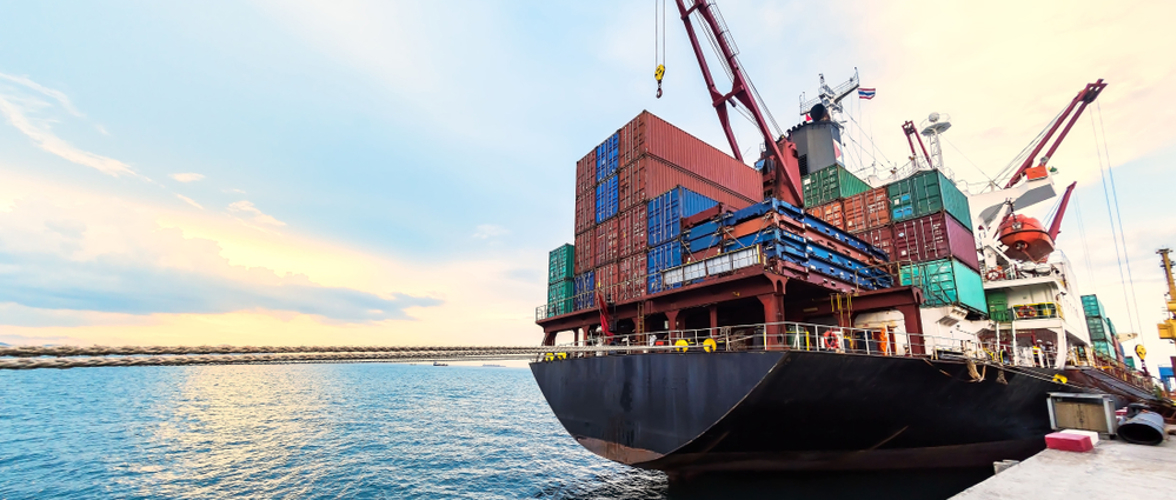Exports are key to the performance of the Fishing industry in Australia, accounting for over 70% of revenue in the current year. China has been a particularly lucrative market, accounting for over 90% of rock lobster exports by value in 2018-19. However, exports to China have fallen significantly over the three years through 2021-22.
Troubled waters
Following the growing outbreak of COVID-19 in China in January 2020, the Chinese Government temporarily banned all seafood imports. In November 2020, China placed a ban on imports of Australian rock lobsters, which is still in effect. Rock lobsters make up the largest product segment in the industry, accounting for just over 40% of industry revenue. While some Australian rock lobsters have reached China through exports to Hong Kong, exports are expected to fall sharply over the three years through 2021-22. Import restrictions implemented by the Chinese government have also affected salmon and coral trout exports during the period.
Many Australian fishing operators have become increasingly reliant on export sales to China. Consequently, import bans have had a significant effect on industry performance. Over the three years through 2021-22:
- The Australian Fishing industry’s revenue is expected to decline at an annualised 9.1%, to total $1.46 billion
- Enterprise numbers are expected to fall at annualised 3.5%
- Employment numbers are anticipated to decline by an annualised 3.2%

Aquaculture rising
The trade dispute with China is only the latest in a series of disruptions to the Fishing industry. Wild-caught fish stocks have continued a long-term decline over the past five years, constraining revenue. This decline has also raised ethical and environmental concerns, boosting demand for farmed fish. In addition, rising per capita seafood consumption in Australia has increased demand for farmed fish produced by the Aquaculture industry. Industry revenue has grown at an annualised 1.0% over the three years through 2021-22. This growth has helped revenue in the Aquaculture industry surpass that of the Fishing industry for the first time. Revenue is estimated to total $1.9 billion in 2021-22.
However, aquaculture businesses face environmental concerns of their own. The high concentration of fish in farms can lead to significant nutrient build-up, which in turn reduces oxygen levels in the water and causes uninhabitable dead zones and algal bloom. Environmental groups such as the World Wildlife Fund have raised concerns in relation to Macquarie Harbour, TAS, among other locations.
The two largest aquaculture businesses in Australia, Tassal Group and Huon Aquaculture Group, both have operations in Macquarie Harbour. In response to these concerns, Tattarang Agrifood, which is owned by businessman Andrew Forrest and holds an 18.5% stake in Huon Aquaculture, announced its intention to acquire the company in August 2021, with a pledge to close its operations in Macquarie Harbour. However, in late October 2021, the Australia Foreign Investment Review Board approved a rival takeover bid by multinational meat processor JBS. As a result, this deal will likely go ahead. JBS, which already owns 40.5% of Huon, has not made a similar pledge regarding ending salmon farming in Macquarie Harbour. Huon notes that it sources around 2% of its salmon production from Macquarie Harbour.

Seafood consumption is projected to continue rising over the next five years, as consumers favour leaner sources of protein. Consumers are forecast to increasingly prefer sustainably sourced fish in response to rising public awareness of environmental issues, benefiting fish farmers over operators in the wild-caught Fishing industry. Furthermore, domestic seafood prices are also expected to rise over the period. Consequently, the Aquaculture industry is expected to grow at an annualised 2.8% over the five years through 2026-27, to $2.1 billion. Conversely, the Fishing industry is expected to decline at annualised 0.2% over the same time period, to total $1.45 billion.
IBISWorld reports used to develop this release:








